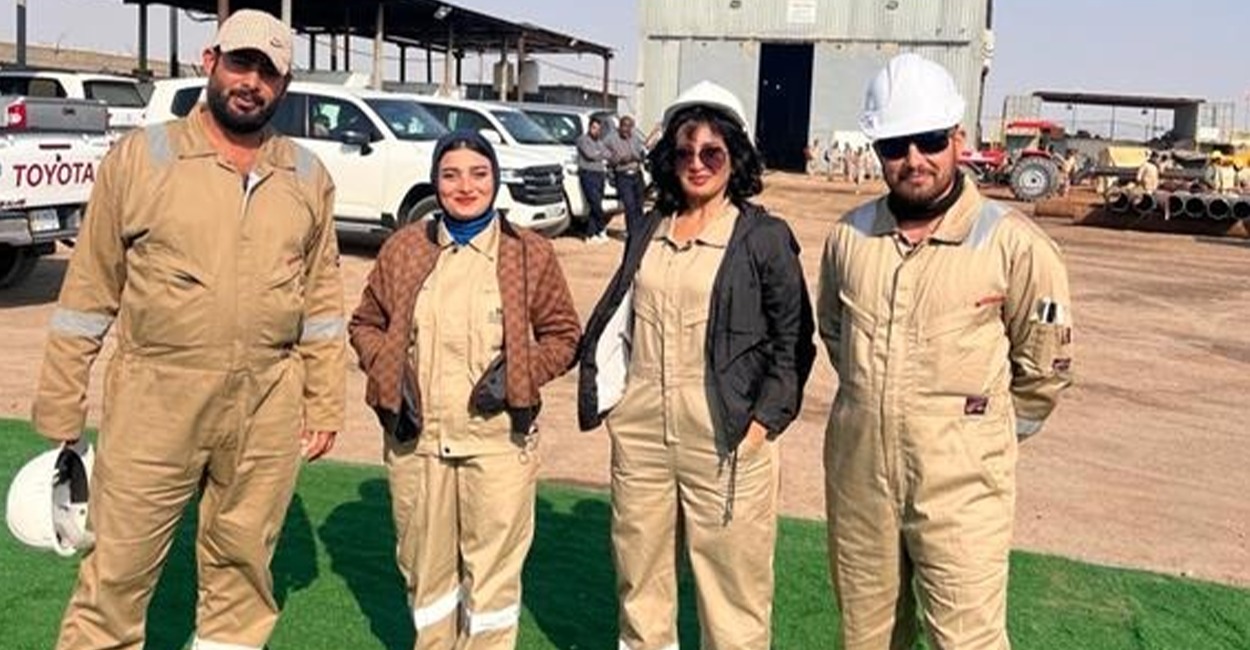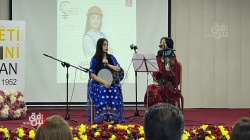World Bank ranks Iraq among the "lowest" of women's labor force participation

Shafaq News / The World Bank has placed Iraq among the countries with the lowest rates of female labor force participation in the Middle East and North Africa region, citing various factors outlined in a report released on the occasion of International Women's Day.
The report illuminated the primary barriers hindering women's engagement in the Iraqi workforce, to shape policies and future initiatives to promote equality in the labor market for all individuals.
Iraq registered one of the lowest rates of female labor force participation at 11%, according to the report, signaling not only gender disparity but also a missed opportunity for economic advancement.
The World Bank predicts that an anticipated 5% increase in female labor force participation in Iraq by 2025, aligned with governmental policy objectives, could elevate the Gross Domestic Product (GDP) by approximately 1.6%, thereby fostering economic recovery and alleviating poverty.
Conducting a survey on the declining rates of female labor force participation in Iraq, the Bank explored avenues to empower Iraqi women in this sphere. The survey encompassed approximately 2,000 individuals aged between 20 and 55 residing in urban areas of Baghdad, Basra, and Nineveh.
Among the survey participants, 34% of women and 59% of men were employed. Notably, 27% of male participants had female relatives (wives, sisters, or daughters) who were employed, while 73% did not.
Data gleaned from the report highlighted strong support for women in the workforce, with 88% of participants expressing approval. Furthermore, 81% of participants did not object to women working outside the home, and 82% did not object to married women being employed.
However, societal approval waned when work conditions were deemed less favorable for women. Approval dropped to 57% in mixed-gender workplaces and plummeted to 37% if women returned home after 5 p.m.
Despite participants estimating the actual percentage of working women in their communities at 40%, the reality is much lower at 12%. Similarly, societal support for women's employment, estimated by participants to be at 38%, is significantly higher at 88%.
The report also highlighted that 52% of non-working women expressed a desire to work, particularly if supported by their spouses or parents (75%), yet only 10% actively sought employment.
Key obstacles preventing women's participation in the labor force include childcare responsibilities (32% prioritize childcare over work), inadequate job opportunities (15%), lack of family support, and discouragement from husbands (13%).
Moreover, the report stressed the scarcity of high-quality and affordable childcare facilities, coupled with a preference for informal childcare arrangements, which further curtails women's economic opportunities.
Societal norms and legal constraints also impede women's employment choices, with only 4% of men agreeing to their wives working outside the home after 5 p.m., in the private sector, or in mixed-gender workplaces.
In conclusion, nearly half of women (47%) favor public sector jobs due to shorter working hours, benefits, and alignment with social norms, emphasizing the significant impact of societal constraints on women's employment decisions. The Bank stressed the need to reshape these cultural norms to enhance female labor force participation and bolster economic development in Iraq.





